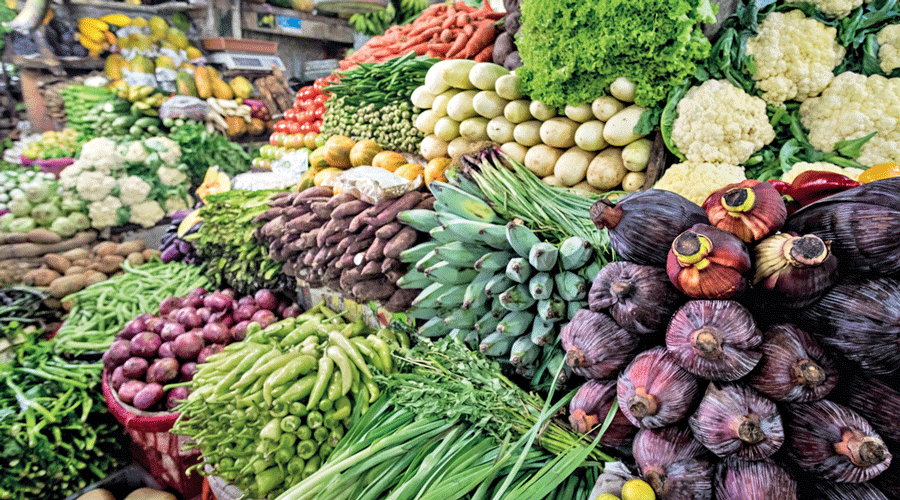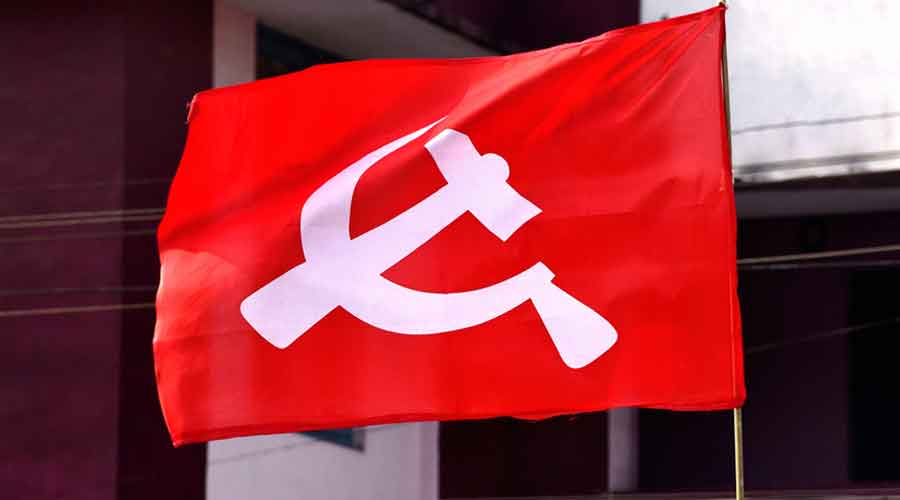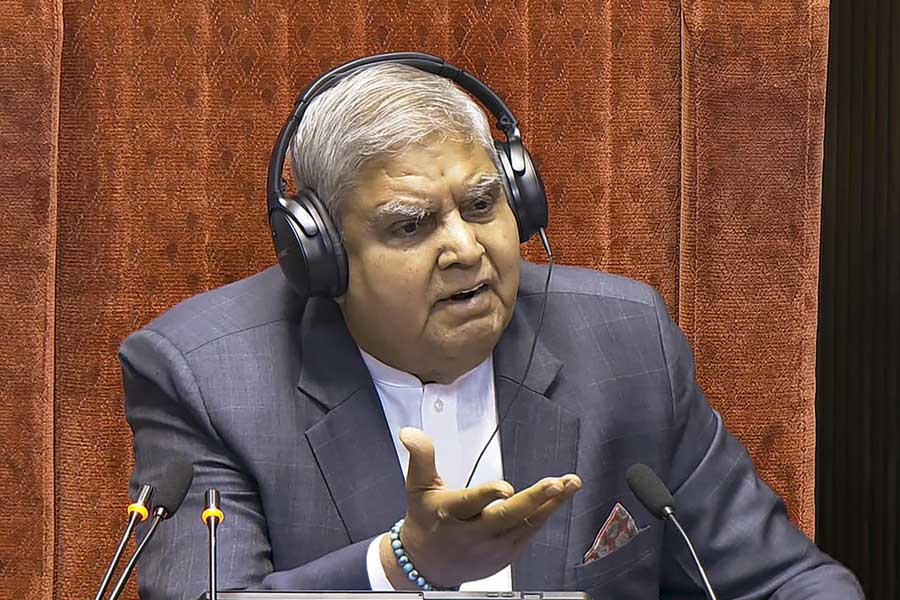The Narendra Modi government’s bluff on the surging inflation has finally been called.
The Reserve Bank of India has debunked the Centre’s persistent claim that a string of external factors over which it has no control — rising crude oil and commodity prices, the Ukraine war and resultant supply chain disruptions — is responsible for the broad-based surge in prices across the country.
Retail inflation, measured by the consumer price index (CPI), hit 7.79 per cent in April — the highest level since the Modi government assumed office in May 2014.
A rare sensitivity analysis on inflation carried out by the RBI has shown that “the hardening of global commodity prices has a relatively moderate impact on CPI inflation relative to WPI inflation”.
Inflation based on the wholesale price index (WPI) had soared to 15.08 per cent in April on the back of hardening commodity and vegetable prices, underscoring the Centre’s failure to tackle the severe supply shortages across the country’s micro markets.
The two inflation gauges have different dynamics: the CPI is heavily tilted towards food and beverages, which have a combined weight of 45.86 per cent on the index.
The WPI is, however, heavily weighted in favour of manufactured products, which have a weight of 64.2 per cent on the index. The food index in the WPI is capped at 24.4 per cent — and one would, therefore, normally expect the rub-off effect to be fairly tenuous.
The RBI analysis suggests that this might no longer be the case — and the pass-through factor from the WPI to the CPI may be more significant than many have been led to believe.
The sensitivity analysis, which forms part of the RBI’s annual report for 2021-22 which was released on Friday, reveals that a 1 per cent change in overall global commodity prices leads to only a 0.02 per cent change in overall CPI inflation.
On the other hand, a 1 per cent change in the overall WPI leads to a 0.26 per cent change in the overall CPI inflation.
At the same time, a 1 per cent change in overall global commodity prices leads to a 0.11 per cent change in WPI inflation.
This suggests that the WPI inflation has a greater rub-off effect on retail inflation — which would suggest that several local factors, including supply shortages and taxes and other levies, have been playing havoc with prices across the board, from food and fuel to clothing, personal care products, and health care.
The more worrying news is the RBI’s admission that the pass-through of inflation from the WPI to the CPI isn’t automatic and there is a longer transmission lag in the case of non-food, non-fuel (that is, core) items.
“The substantial wedge between wholesale and retail price inflation amidst a sharp rise in manufactured products’ inflation poses the risk of a possible pass-through of input cost pressures to retail inflation with a lag, although slack in the economy is muting the pass-through,” it observed.
The Centre has persistently downplayed criticism about its role in tackling inflation — until it got to a point when it could no longer ignore the burning issue. And that is when it imposed a ban on wheat imports in a stroke of whimsical decision-making — and followed it up with curbs on exports of sugar — sparking alarm across the world.
On Thursday, commerce minister Piyush Goyal rejected the IMF’s plea for a rollback of the ban on wheat exports and insisted it would stay until the crisis blew over — a crisis that the government had never acknowledged until now.
Official sources told Reuters on Friday that the government was not considering a ban on rice exports — and it wasn’t immediately clear why such a clarification was even necessary, given that the government has consistently argued that it has adequate stocks of grains (rice and wheat) to feed the country.
India is the world’s second-largest wheat producer and the export ban has already led to a surge in worldwide wheat prices. India is the world’s biggest rice exporter as well as its second-biggest consumer of the grain.
But speculation about a ban on rice exports has already started to swirl.
“The government has already imposed restrictions on wheat exports; it’s a matter of time when restrictions on rice exports might be considered,” Radhika Piplani, an economist at Yes Bank Ltd, told Bloomberg.
The challenge will be to see whether such curbs lower food prices and within what timeframe, she added.
Inflation surge
The RBI’s monetary policy has been anchored to CPI inflation since 2015. The central bank has a mandate to maintain it within a range of 2 to 6 per cent, with the median of 4 per cent set as an ideal level.
Retail inflation, however, has stayed above the upper limit of 6 per cent for four straight months. It first crossed 6 per cent in late 2019 and persisted above that level during the first phase of the pandemic before briefly dipping below that level.
It started to flare again from January, prompting the central bank to raise interest rates and embrace inflation-busting measures and finally abandon its futile efforts to crank up growth.
Recently, the government took a host of measures that included cutting the excise duties on petrol and diesel and banning wheat exports in what is being seen as a knee-jerk reaction to the rise in prices, particularly after Russia’s invasion of Ukraine.
Not everyone agrees with the central bank’s views though economists are reluctant to comment about the RBI’s sensitivity analysis.
One economist insisted that the rise in inflation was driven more by global than domestic factors. He said the rise in the prices of imported items like crude oil and edible oil, apart from other supply chain disruptions, was responsible for the price surge in India.
Experts also said that although the RBI tracks the WPI, it does not actively use it to make monetary policy decisions.
This may start to change now as the central bank and policymakers hunker down for their next meeting between June 6 and 8 amid intense speculation that the policy repo rate may be raised by another 50 basis points to 4.90 per cent.












